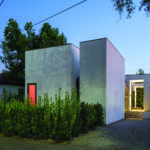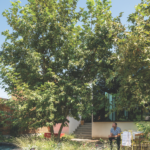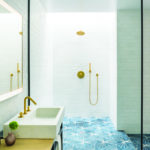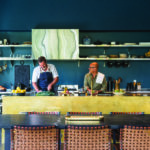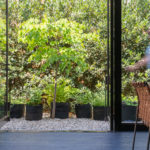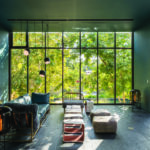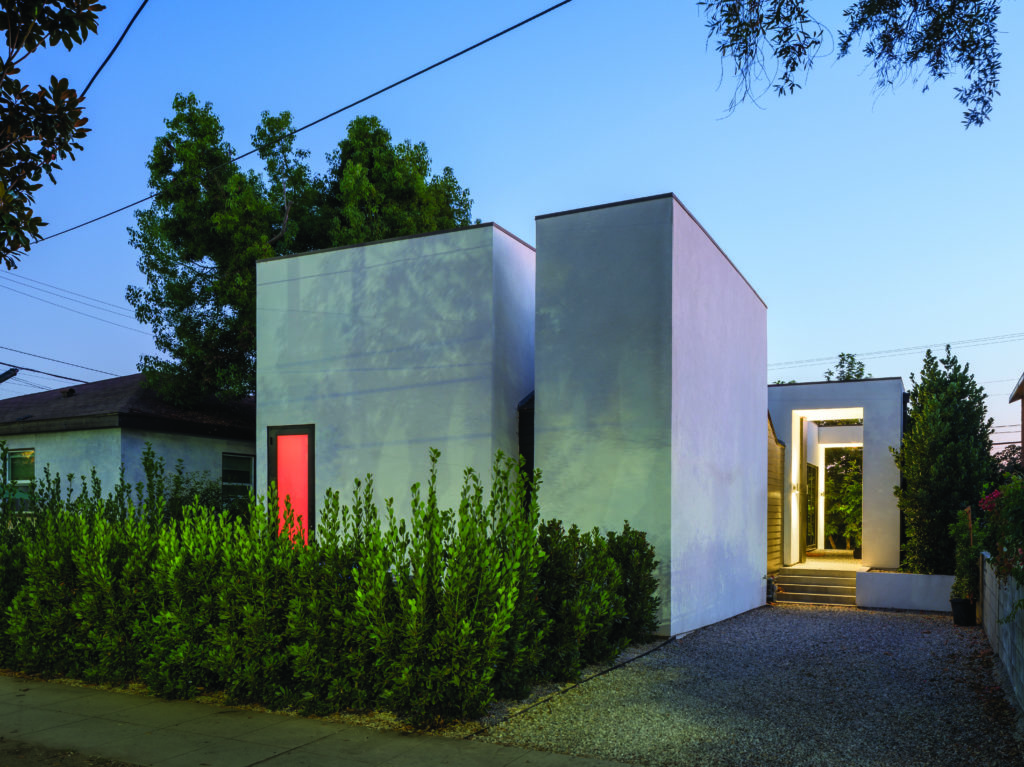Uncommon Ground
Author:Abigail StoneThe Atwater Village home of RIOS architect Mark Motonaga and his husband, Guy Clouse, is an oasis of calm and serenity
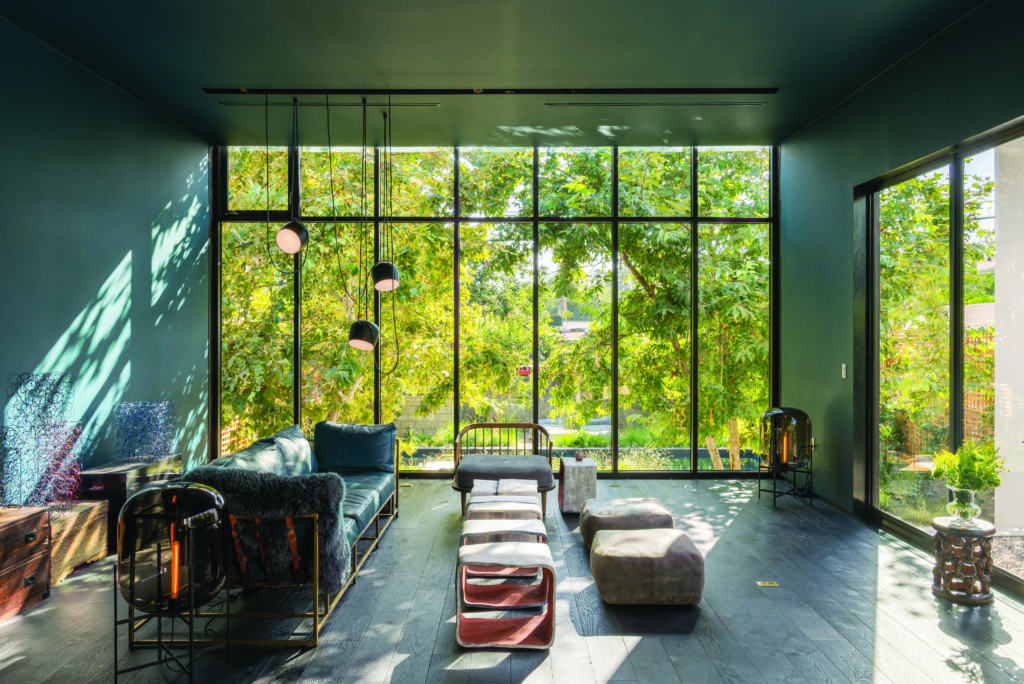
It comes as no surprise that architects love the challenge that a teardown presents. “It’s exciting,” Mark Motonaga shares, “to have this idea of a California bungalow and completely shake it up.” The creative director and partner at multidisciplinary design firm RIOS and his husband, Guy Clouse, an artist, had been looking for a home near Silver Lake. “We wanted something a little urban and walkable,” he explains, “and this house, being part of a mixed-use area, resonated with us.”
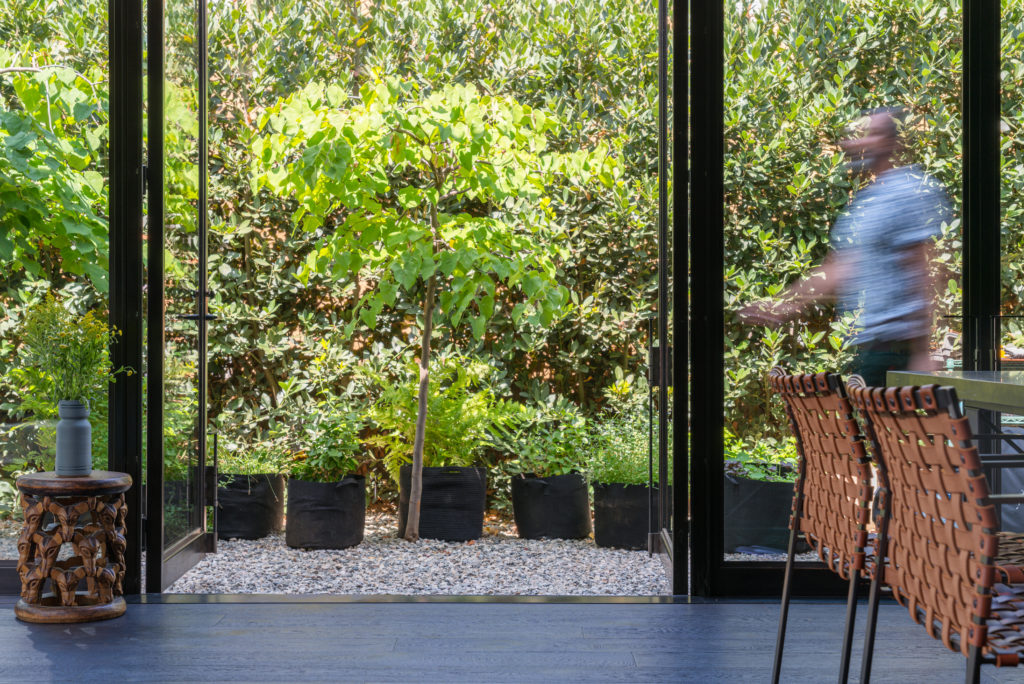
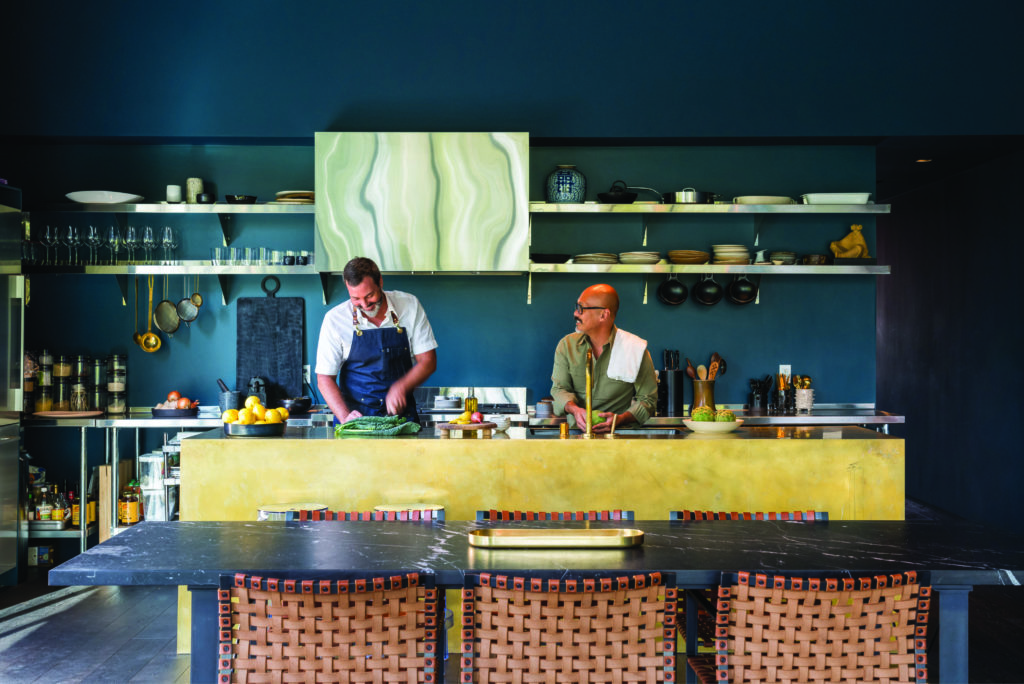
“Normally you’ve got the living spaces in the front and the bedrooms in the back,” Motonaga says. “But we really wanted to integrate the living spaces with the garden, so we flipped it.” The result is a home that feels like an oasis from the hectic pace of L.A. life. Lush plantings bring nature right up to multipaned French-style doors that open up the home’s great room to the rear garden. While blurring the line between indoors and out is a frequent goal of homes in Southern California, here Motonaga took a more subtle approach. He designed a series of experiences—through the front door into the courtyard, which serves as the home’s foyer; under a matching archway that leads to the backyard; and from the interior to the exterior—that reinforce the impression of expansiveness. The lot’s slight drop in grade also serves to underline this idea. “You get this treehouse feeling,” Motonaga points out. “Looking down at the view, the home feels bigger than its 1,500 square feet.”
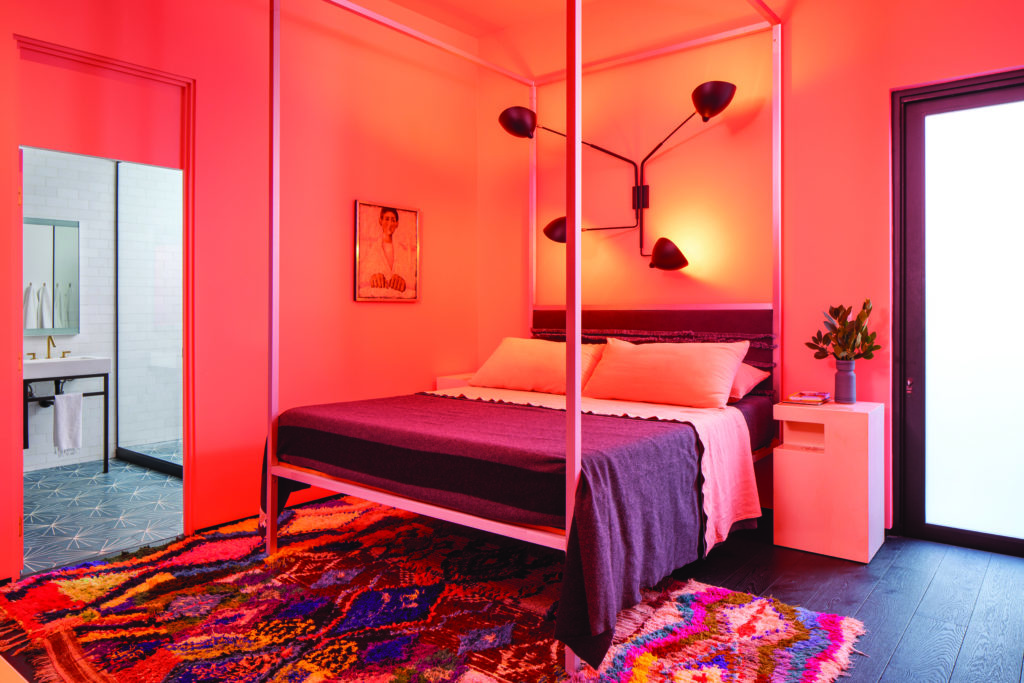
The manipulation of light performs the same trick. The great room’s deep teal color helps link indoors and out. “If it was white, it would have just become this stark differentiation,” Motonaga notes. “By going dark, we bridge between the colors of the landscape, the plantings close to the house and the sky.” During L..A.’s lockdown orders, the color also helped instill a sense of time passing as the sharp shadows performed their shifting dance across the matte surface. The complement to the color, the bedroom’s vibrant pink, accomplishes a similar function; with the master suite located in front of the house, privacy and street noise were a consideration so openings were kept to a minimum. Partnering the light coming through the room’s window with the singular shade creates a feeling of warmth and comfort. A custom four-poster bed from Stephen Kenn Studio and a plush rug from Morocco highlight the space’s intimacy.
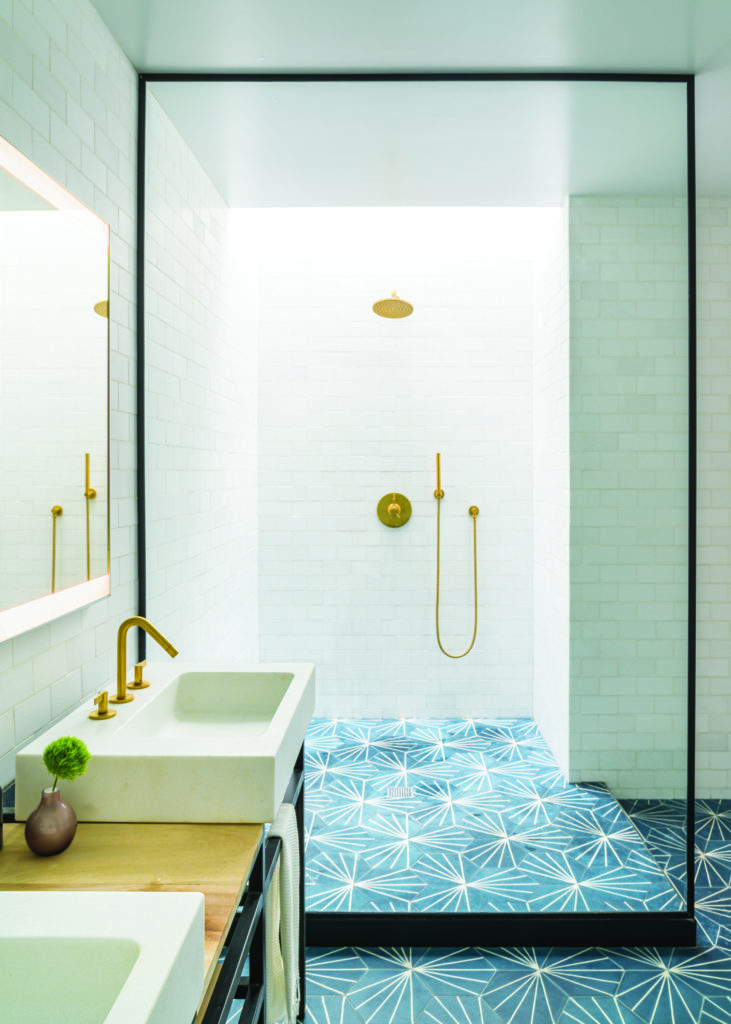
The great room’s couch is another Stephen Kenn Studio design. “We thought it was really important to be connected to local makers and have them either customize or create things. You have a deeper connection to objects when there are stories and relationships behind them,” Motonaga observes. Ceramicist Ben Medansky had never made furniture before; his seven rectangular forms can be used as stools, occasional tables or pushed together to make a large coffee table. A dining table from Croft House was tweaked to the duo’s specifications. That idea of craft and human touch extends to the kitchen’s island, which mediates between the functionality of the kitchen and the entertaining areas. “We used sheet brass, which is really great at showing everything,” Motonaga laughs. “It was about trying to select materials that create a ‘wow’ moment and still reflect use and not feel too precious.”
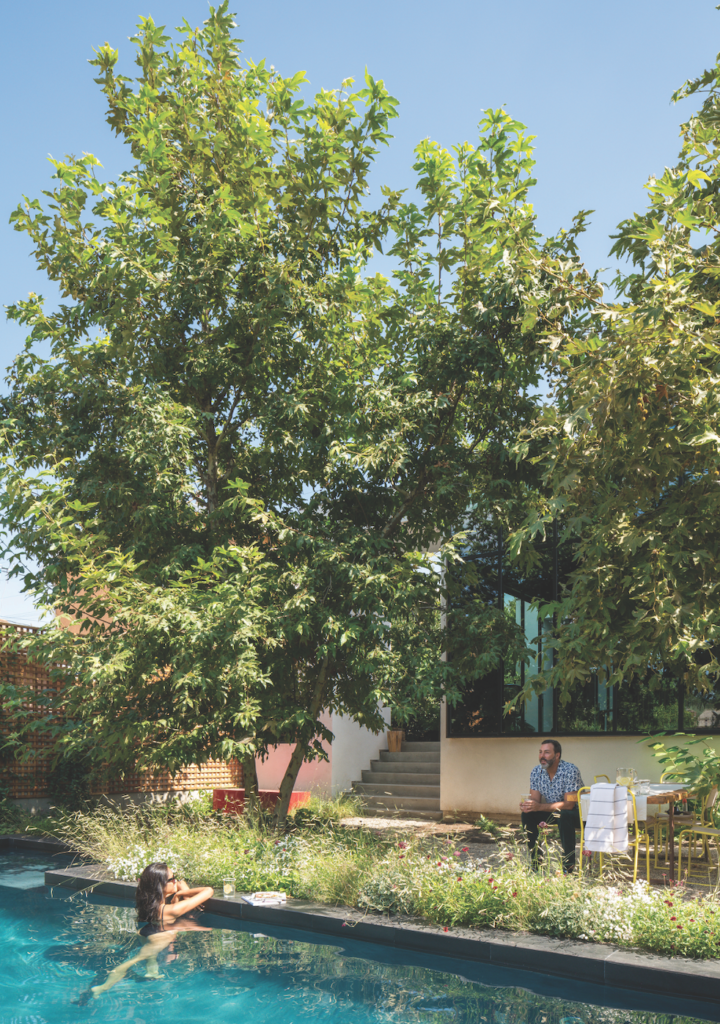
“It’s interesting how the little details we decided upon when we built the house made being sequestered quite workable,” says Motonaga of the couple’s shelter-in-place experience, “It’s been intriguing discovering how these small decisions can add up to something that feels so rich.”
